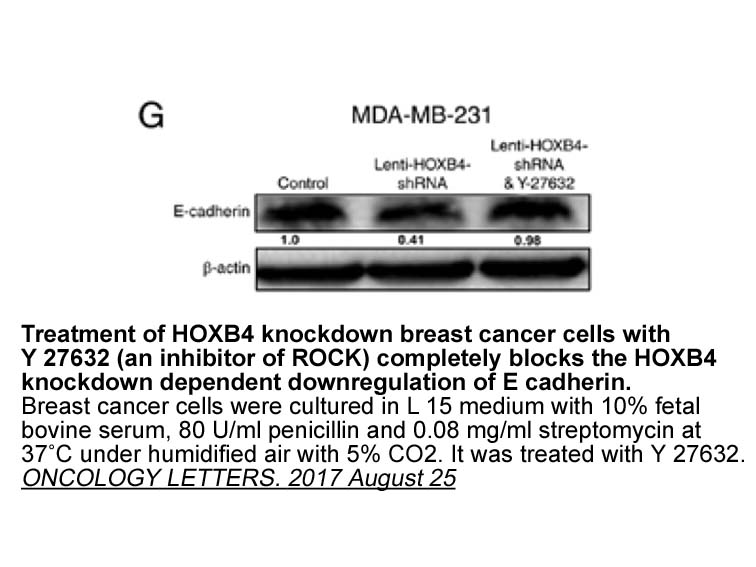Archives
However joint reviews and the consensus from experts
However, joint reviews and the consensus from experts offer disparate recommendations with regard to their management in the context of anesthesia, whereas some reviews [6], [7] set out certain doubts regarding their use during the perioperative period. On the other hand, the guidelines for the management of perioperative drugs offer varied opinions [8], [9], [10], [11], [12], [13], [14], [15].
Methods
According to PRISMA [16] guidelines during the year 2015 we carried out a search in the databases of PubMed and Index Medicus, with a Tetrazole mg that included studies from 1990 to 2015. The selection only included works published in Spanish, French, German and English, and it included randomized essays, observational studies and, due to the low number of available references, cases or case series. The search criteria were: “spinal anesthesia OR general anesthesia OR epidural anesthesia AND angiotensin converting enzyme inhibitor”, “spinal anesthesia OR general anesthesia OR epidural anesthesia AND angiotensin receptor blockers”.
The search was standardized and it was carried out by two independent reviewers who read the titles, then the abstracts, and then the entire artic le. All the works were reviewed, and those which were potentially relevant were collected for a more detailed reading by the authors. The reference lists from the relevant articles and the reviews on the subject were examined to identify additional articles. All articles identified after the comprehensive reading were classified according to the Jadad scale [17] (for randomized studies) and the Newcastle-Ottawa scale [18] (for observational studies) by the two reviewers. In case of differences of opinion with regard to the classification, the procedure was repeated by both reviewers and a third reviewer was included in case that an agreement could not be reached, until all discrepancies were corrected.
le. All the works were reviewed, and those which were potentially relevant were collected for a more detailed reading by the authors. The reference lists from the relevant articles and the reviews on the subject were examined to identify additional articles. All articles identified after the comprehensive reading were classified according to the Jadad scale [17] (for randomized studies) and the Newcastle-Ottawa scale [18] (for observational studies) by the two reviewers. In case of differences of opinion with regard to the classification, the procedure was repeated by both reviewers and a third reviewer was included in case that an agreement could not be reached, until all discrepancies were corrected.
Results
After performing the search we screened 54 articles. Twenty two of them were excluded due to several reasons as being reviews, experimental studies or not being related with the discontinuation of the therapy (Fig. 1).
Discussion
Some exceptions are the works made by Turan [35], Kheterpal [25] and Reich [33], though none of them compares withholding the drugs with maintaining them during the perioperative period. Turan et al. [35] do not declare the moment they stop the drug, but they mark that Ectopic expression is a usual practice. Kheterpal [25] withholds the drugs in both groups and Reich [33] et al. do not show if the patients are still having the medication in the day of surgery. Also, lots of them have low methodological quality, without previous calculation of the sample size for a clinically relevant difference in the degree of hypotension, which makes more difficult to assess if the results are relevant or not [19], [20], [21], [22], [24], [25], [26], [31], [32], [33], [34], [36].
On the other hand the way hypotension is defined varies among the different publications, which drags out their comparison (Coriat [20] says it is if SAP<90, for Bertrand et al. [22] it is SAP<80, <70mmHg for Kheterpal [25] or the one that has to be corrected by the anesthesiologist).
Moreover the amount of randomized trials is too low, with low sample size and low quality (2 points in Jadad17 scale). All these factors make very difficult to achieve a conclusion regarding the topic (see Table 1).
The follow up time is usually short (from 5 to 10min after the induction [20] of anesthesia to the end of anesthesia [35]). Refractory hypotension is not analyzed in the majority of the works reviewed.
As far as perimedullary anesthesia is concerned we only found one low-quality study, so we cannot develop any conclusion [42].
Regarding the group studies the results are much more uniform. It is the case of a Portuguese publication about the management of perioperative medication [8] carried out by an expert consensus edited in 2011, that recommends with a level of evidence C not administering these drugs in the morning of the surgery to prevent hypotensive events in the perioperative period.